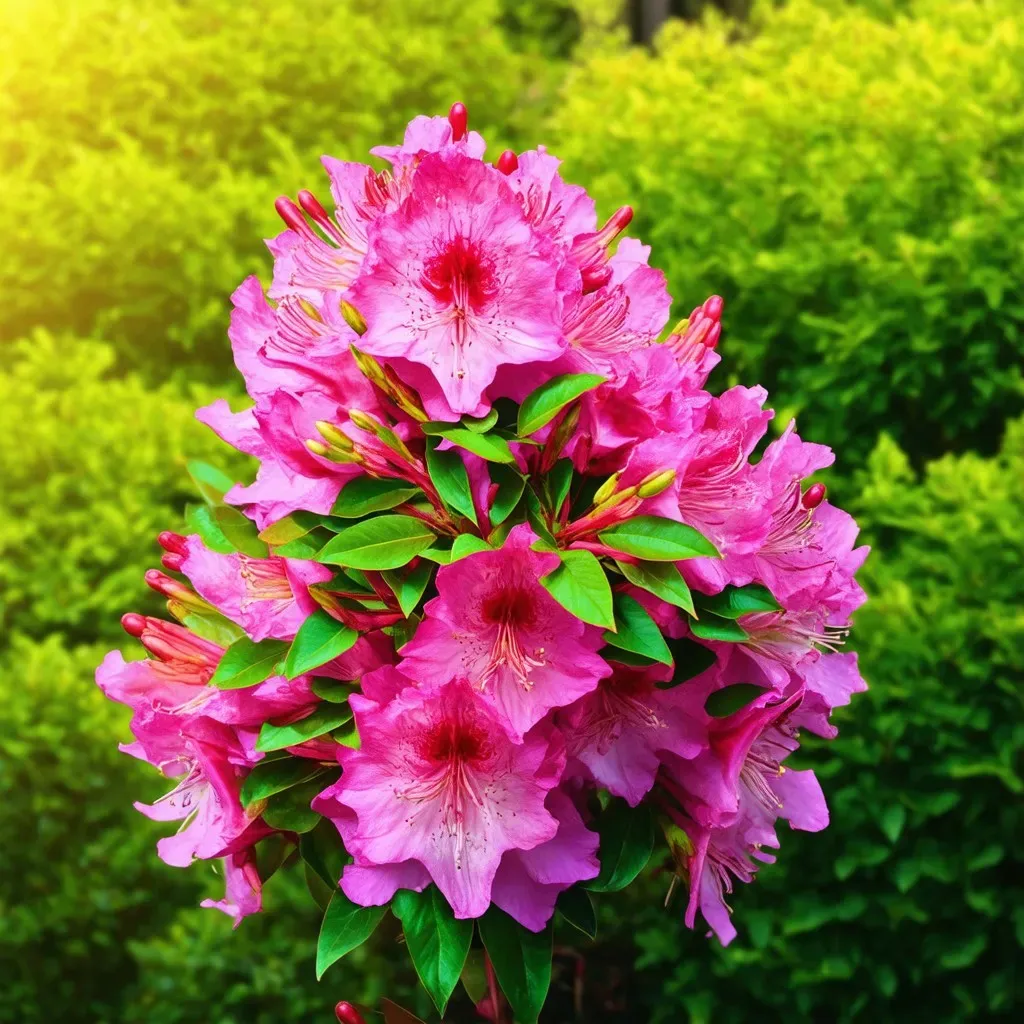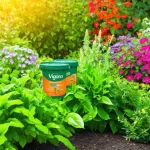Rhododendron fertilizer spikes are specially formulated nutrients designed to support the growth and blooming of rhododendrons and Other acid-loving plants like azaleas and camellias. These spikes provide a slow-release method of fertilizing the roots, ensuring consistent nourishment while minimizing the risk of over-fertilization.
Why Choose Rhododendron Fertilizer Spikes?
When it comes to nurturing rhododendrons, using the right fertilizer is key to achieving lush foliage and vibrant blooms. Rhododendron fertilizer spikes offer several advantages over traditional fertilizers:
- Slow-Release Formula: Nutrients are gradually released into the soil, reducing the frequency of application.
- Targeted Nutrient Delivery: The design allows nutrients to be delivered directly to the root zone.
- Reduced Risk of Over-Fertilization: The measured doses ensure that your plants get just the right amount of nutrients.
- Convenient and Easy to Use: No mixing or measuring is required; simply push the spikes into the ground.
Nutrient Composition of Rhododendron Fertilizer Spikes
Most rhododendron fertilizer spikes come with a balanced NPK ratio. For example, Jobe’s Azalea, Camellia, and Rhododendron Fertilizer Spikes are known for their 9-8-7 NPK ratio, which means:
| Nutrient | Ratio | Description |
|---|---|---|
| Nitrogen | 9 | Promotes leaf and stem growth |
| Phosphorus | 8 | Supports root development and flowering |
| Potassium | 7 | Enhances overall plant health and disease resistance |

How to Use Rhododendron Fertilizer Spikes
Using these spikes is straightforward. Here is a step-by-step guide on how to apply them effectively:
Step-by-Step Application:
-
Identify the Right Time: Optimal periods for fertilizing rhododendrons are early spring and fall, just before blooming.
-
Choose the Correct Spike: Make sure to select a spike company that caters specifically to acid-loving plants. A commonly used product is Jobe’s Azalea and Rhododendron Fertilizer Spikes.
-
Prepare the Area: Clear the soil around the base of the plant. Remove any debris or weeds that might interfere with nutrient absorption.
-
Insert the Spikes: Follow the manufacturer’s recommendations for the number of spikes needed based on the size of your plant:
- For a small rhododendron, use 2-3 spikes.
- For medium-sized plants, use 3-5 spikes.
- For large rhododendrons, use up to 7 spikes.
-
Water After Application: Water the area thoroughly to help the spikes dissolve and distribute nutrients effectively.
Advantages of Fertilizer Spikes Over Traditional Methods
| Feature | Fertilizer Spikes | Traditional Fertilizers |
|---|---|---|
| Application Time | 1-2 times per season | Often requires frequent applications |
| Risk of Runoff | Minimal | High, especially during rain |
| Nutrient Release Rate | Slow and controlled | Fast; can lead to leaching |
| Preparation Effort | Minimal | Requires mixing/measuring |

When and How Often to Fertilize
Timing is crucial for the effective application of rhododendron fertilizer spikes. Here’s a guide for you:
- Spring (March to April): Apply spikes as new growth begins to emerge.
- Fall (September to October): A second application will help prepare the plant for winter.
Common Mistakes to Avoid
- Applying Too Early: Fertilizing before the frost has passed can hinder growth.
- Overlapping Applications: Stick to the recommended dosage; too many spikes can harm the plant.
- Ignoring Soil pH: Ensure your soil is acidic (pH 5.5-6.0) to maximize nutrient uptake.
FAQs
1. How long do fertilizing spikes last in the soil?
Fertilizing spikes generally last for about 8 weeks, slowly releasing nutrients as they dissolve with moisture.
2. Can I use rhododendron spikes on other plants?
These spikes are specifically designed for acid-loving plants. It’s best to avoid using them on plants that require neutral or alkaline soil.
3. What are the signs that my rhododendron needs fertilization?
Signs that your rhododendron may need fertilization include yellowing leaves, stunted growth, and minimal flowering.
4. Are rhododendron fertilizer spikes safe for pets?
Most fertilizer spikes, like Jobe’s, are non-toxic, but it’s always best to keep pets away from fertilizer applications just to be safe.
5. Where can I purchase rhododendron fertilizer spikes?
You can find them at local garden centers or online stores like Jobe’s Official Site.

Conclusion
When it comes to achieving stunning blooms and robust growth for your rhododendrons, investing in fertilizer spikes is an excellent decision. With a slow-release formula tailored for acid-loving plants, you can enjoy the beauty of your garden without the hassle of frequent feedings or the risk of over-fertilization. Follow this guide on application and care, and watch your plants thrive!
By adhering to these principles, your rhododendrons will not only flourish but also add vibrancy to your outdoor space year after year.

